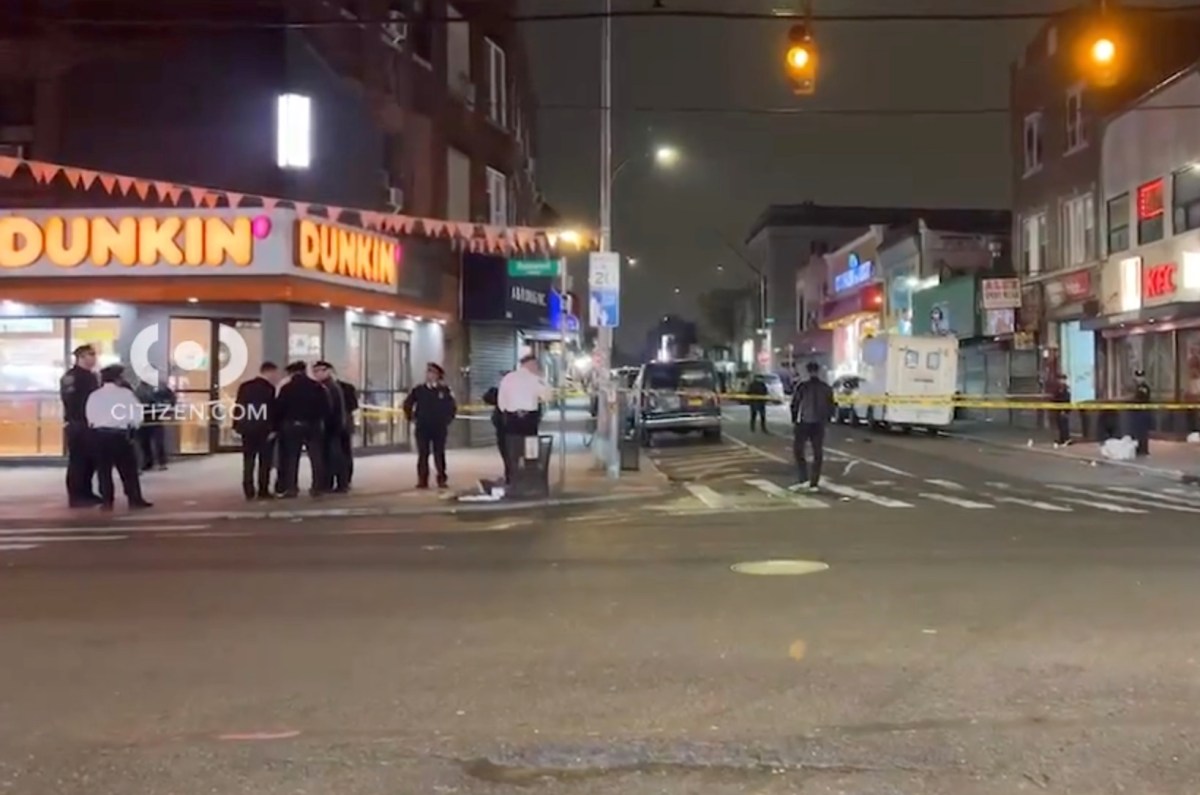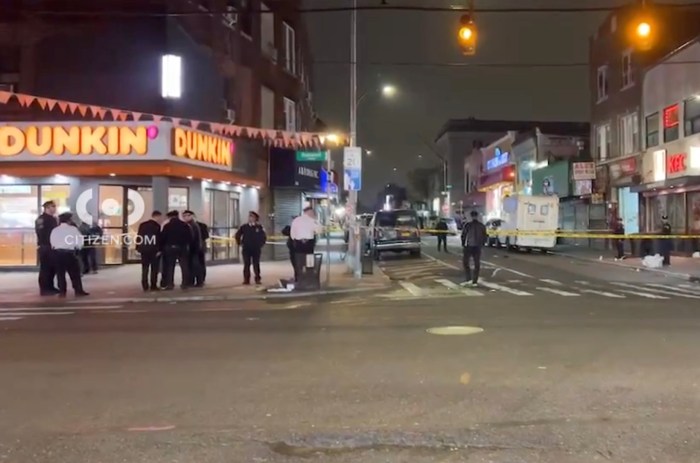By Joe Maniscalco
A bakery, bookstore, restaurant, health food shop, – all residents of Coney Island have to do is look up and down Mermaid Avenue to see what one of the most significant shopping strips in the neighborhood really needs. Add to that better lighting, improved parking and a unifying theme to tie it all together and Mermaid Avenue could undergo a renaissance, many believe. Despite its obvious status as a vital arterial corridor, the roughly 20 blocks of Mermaid Avenue stretching from Stillwell Avenue to Sea Gate remains an inconsistent mix of questionable retail outlets. Andrew Parker, an Earth Tech consultant hired by the Astella Development Corporation to map out a plan to bring more consumers to Mermaid Avenue, gave that assessment at a meeting with neighborhood residents last week at the Coney Island Gospel Assembly on Neptune Avenue. According to Parker, the depressed quality of some stores – often covered in neglected banners and graffiti – only makes the task of turning things around on Mermaid Avenue more challenging. Other economic factors, including a 35 to 50 percent poverty rate in the community and the market value of existing lots, only exacerbates the situation. A BID – Business Improvement District where shopkeepers contributed to a fund to help facilitate revitalization efforts – would therefore be unfeasible, according to Parker. “But there are things that we can do,” Parker said. Beautification efforts could do much to generate greater merchant participation and attract a wider customer base, planners maintain. “Once merchants see others getting involved, they’ll all want to get involved,” said Astella Executive Director Judy Orlando. Things like utilizing more attractive security gates and employing a “mermaid” motif are other ways that the avenue could redefine itself and combat negative perceptions that it is a less than desirable place to shop. Brian Gotlieb, chair of Community Board 13, suggested a “mermaid trail” running down the length of Mermaid Avenue. Other plans include erecting kiosks that would exhibit the rich history of Coney Island. Astella has already had similar success on a smaller scale when it asked Mermaid Avenue merchants to display inspirational posters depicting prominent African-Americans in their store windows. While crime on Mermaid Avenue is a concern, many in the community feel that the perception of crime is overblown. Joe Gustella, president of the 60th Precinct Community Council and a 40-year resident of Coney Island, blames the media for much of the stigma. “I feel very safe to walk on Mermaid Avenue,” he said. Despite the challengers, Mermaid Avenue enjoys a less than five percent vacancy rate on lots facing the street, according to Parker. In the past, Astella has attempted to lure large chain restaurants – most notably Red Lobster – to the neighborhood. Many believe that such a popular establishment located on the western end of Mermaid Avenue would give shoppers a reason to venture beyond Stillwell Avenue. According to Orlando, however, Red Lobster, declined to open on Mermaid Avenue, claiming there was a lack of sufficient “foot traffic.” Many local residents complain that they, too, must patronize shops outside the neighborhood because Mermaid Avenue shops offer very little in the way of variety and quality – often at inflated prices. Some residents also charge that idle youths, hanging out in front of Mermaid Avenue shops, also inhibits business. “You can fix up Mermaid Avenue but if you don’t have a place for them to go it’s not going to get any better,” said one area man.






























